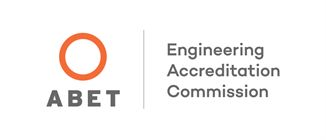The Faculty of Mines was established in 1953 in Istanbul. At its first years, the faculty composed of mainly Turkish and German professors, and its program was similar to those days’ famous mining schools such as Aachen, Clausthal and Freiberg.
Today, the Faculty of Mines with five departments (Mining, Geological, Petroleum and Natural Gas, Geophysical, and Mineral Processing Engineering) and 13 sub-divisions is graduating young and proficient engineers to search, develop and produce underground sources of Turkey.
